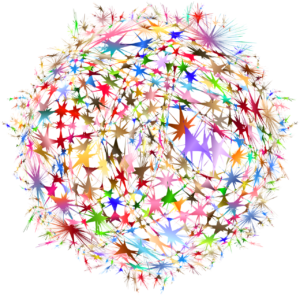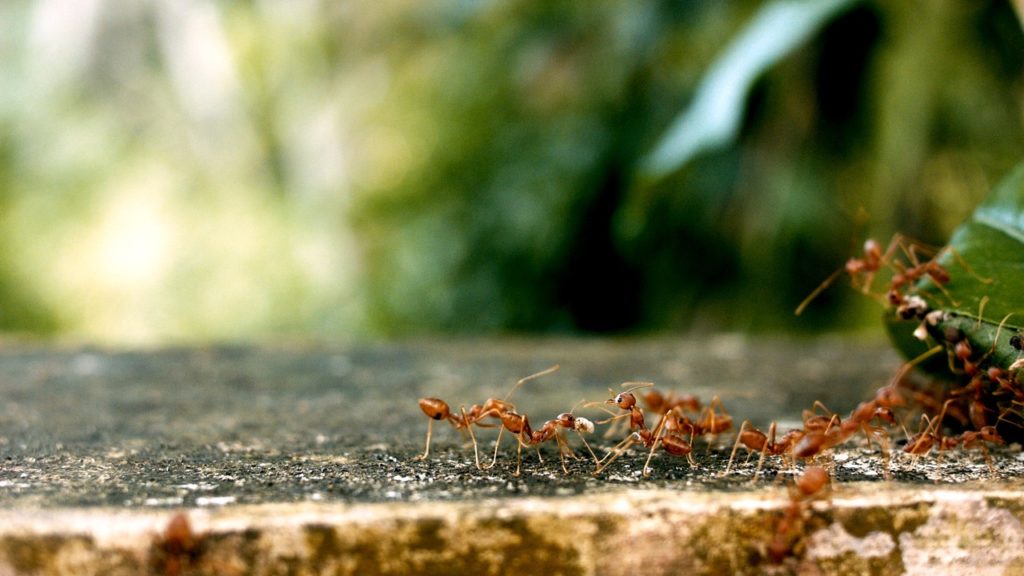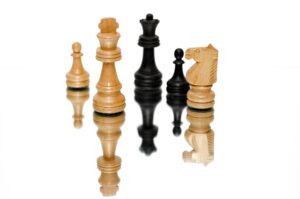In the last post in this series, I talked about ways of uncovering Ideas that can help achieve incremental innovation. You can read it here. This post is focused on ways to find ideas that can go beyond incremental innovation and help create more value for the users.
Red Ocean and Blue Ocean Ideas
While ideas catering to incremental innovation improve the products, they keep the product/system in the same ‘Bloody Red Ocean’ of competition. This means fighting for a piece of the existing pie and waiting to be disrupted. In majority of cases, incremental innovation is in the form of technology innovation adding little value to the user. Users are generally looking for product/solutions that will create big value for them. Many a times, they are clueless about what it is that they want. So, there are opportunities to create new markets or solutions with practically no competition. It is like having a new pie created just for yourself (the proverbial Blue Ocean) instead of trying to get a piece of the existing pie.
In this post, we will look at a way of uncovering radically new ideas that can help products leap forward significantly and open avenues to new markets and capabilities.

Developing Solutions for Problems
As a problem solver, we devise ways to address the problems on a day to day basis. These problems when solved, eventually create value for the users. So, it is imperative to have the problem statement well defined. A well defined problem statement, along with the inputs, spells out the target to be achieved while honouring the limitations and boundaries within which that target is to be achieved. Explicitly identifying the inputs, the target and the limitations helps in generalising the problem. Once the problem is generalised, it widens the scope of search for a solution.
Improving the Value Innovation
With the increased scope of search for solution, following ways of thinking can be employed to create value innovation for the user.
Imaginative Reuse
The ways identified to solve a certain problem in one area/domain can be thoughtfully reused to solve a problem in a seemingly unrelated area/domain. When a solution is devised for a certain problem in one area, its abstraction/generalisation is the first step towards its reuse in another area. This imaginative reuse of a solution in a seemingly unrelated area needs knowledge of both the concerned areas/domains. Cross pollination between different disciplines is the key to imaginative reuse.
The video clip above shows an example of Imaginative Reuse. ClearMotion is a company that is replacing the traditional shock absorbers in cars with fast-acting software and actuators that pull/push each wheel to make the drive more comfortable. As per the company website, ClearMotion does for motion what noise-cancelling does for noise.
A noise cancelling headphone negates the impact of ambient noise by creating a wave that is 180° out of phase with the ambient noise. ClearMotion makes use of the same concept to negate a possible disturbance in the motion. ClearMotion employs a software driven elctro-hydraulic device that mimics the ‘noise-cancelling’ solution for motion.
Biomimicry : Learn from the Nature
Biomimicry, as the name suggests, is emulating nature. Over millions of years, nature has evolved. This evolution has resulted into myriad ingenious designs, patterns and strategies. Solutions to problems can be found by observing the nature and associating the problem at hand with a similar natural phenomenon. There are plenty of examples employing biomimicry to solve a problem in a seemingly unrelated area. The Ant Colony Optimisation algorithm, developed by mimicking how ants search for food, is one of my favourite. Ants lay a pheromone trail to find the shortest path between the food source and their colony. This pheromone trail evaporates with time. So, if a path is taking longer to travel between the food source and the colony, the it becomes less attractive to the ants due to evaporation of the pheromone. This technique is imaginatively reused to solve the ‘Travelling Salesman’ problem.

Blue Oceans Created through Imaginative Reuse and Biomimicry
There are many examples of new market segments created through Imaginative Reuse and Biomimicry. Listing a few here.
- The capability of Burdock seeds to cling to fabric was converted into the world’s first touch fastener by Swiss Engineer George de Mestral. This touch fastener was later known as Velcro.
- The low strength reusable adhesive that was accidentally created by Dr. Spencer Silver of 3M waited for 5 years before being used for the Post-it notes.
Takeaways
Imaginative reuse of solutions or capabilities from other areas can help generate value in an unanticipated manner. This kind of value innovation can open new avenues and help create ‘Blue Ocean’ markets. Companies need to employ Multidisciplinary approach to harness the capabilities of imaginative reuse. Having a clear definition of the problem at hand is very important. Observation and abstraction of solutions/capabilities from other areas and their possible association with the problem at hand will result in new innovative offerings being created.
(Images credit: Pixabay.com)
- Four Growth Strategies to Scaleup Your Business - March 14, 2021
- Innovative India: Platforms For Billion+ People - January 5, 2021
- Innovative India: Searching For Lost Glory - October 15, 2020


